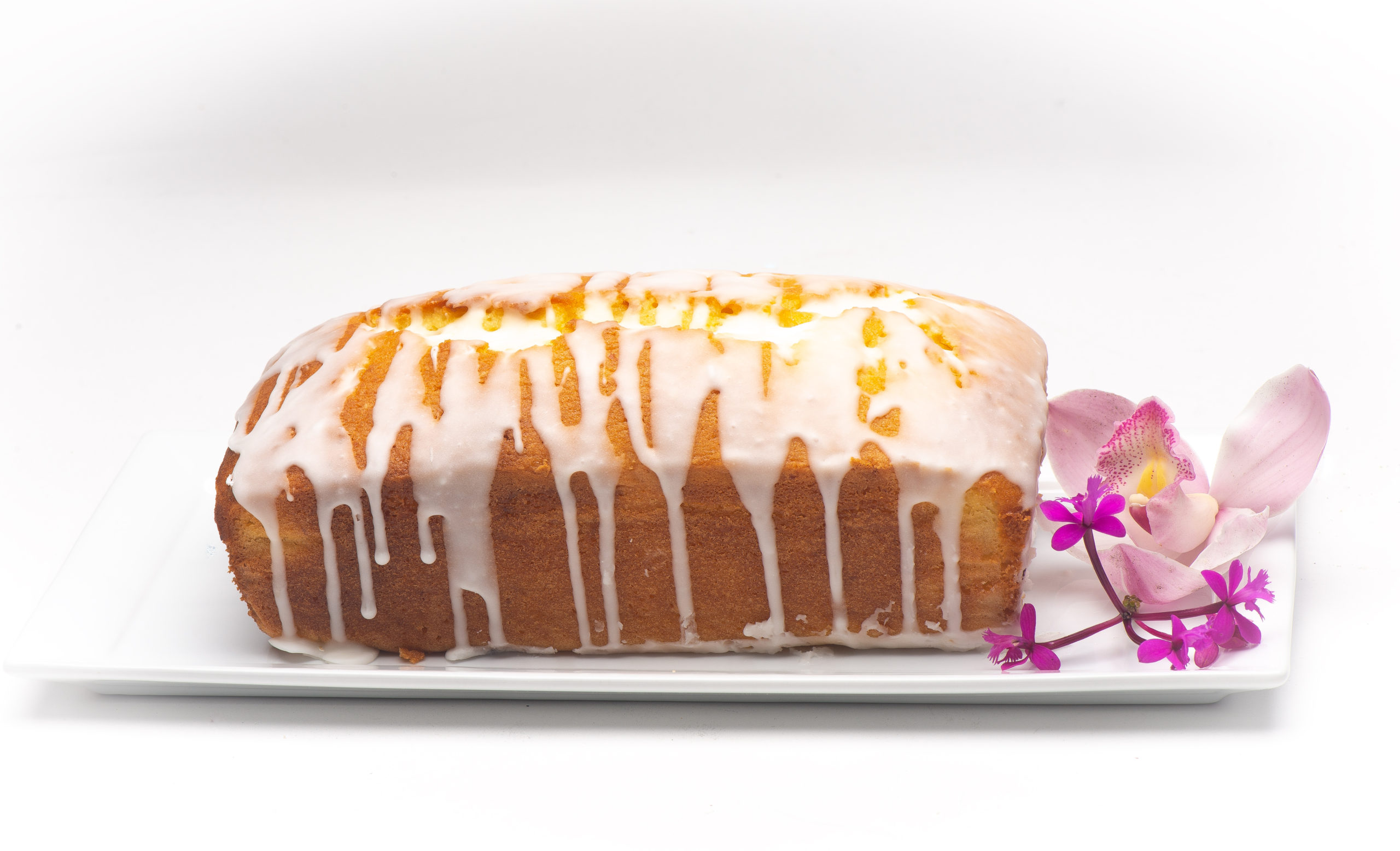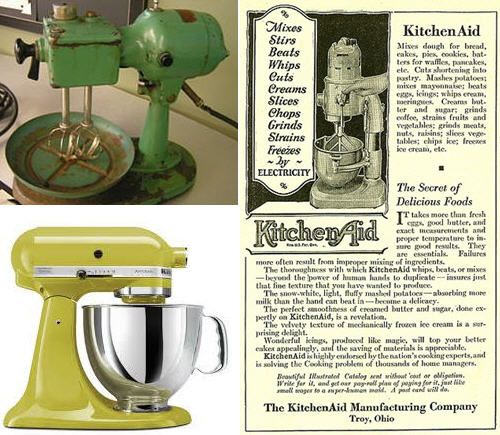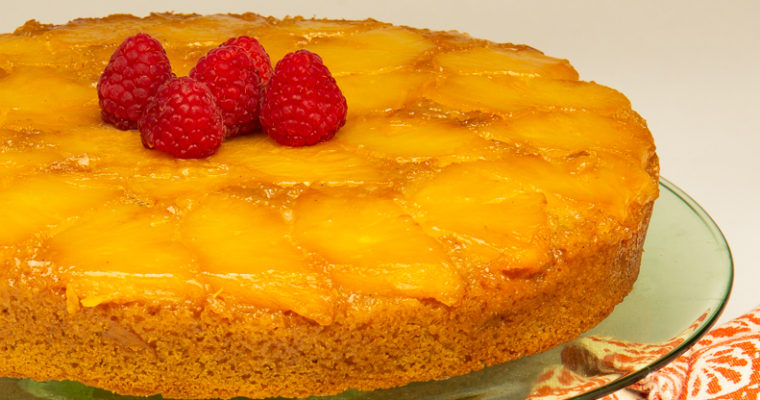Here is a belated valentine from Blue Cayenne’s Chief Quality Officer, Juliet, and a delightfully-simple Lemon Cake recipe you should consider adding to your repertoire. (Forgive the lateness of our good wishes. Blue Cayenne’s editorial staff–that would be me–was laid up on Valentine’s Day by a nasty reaction to the second dose of Moderna’s Covid19 vaccine.)
This Lemon Cake is pound cake-ish. It’s texture is dense and moist like a traditional pound cake, but there are interesting variations to the simple one pound of butter, one pound of flour, one pound of eggs, one pound of sugar formula for pound cake that has been kicking around since the 18th Century.
Making pound cakes used to be a real chore, but this cake is a cinch to whip up, even with its additions.
In the old days, eggs were the only leavening in the traditional pound cake and the cakes tended to be pretty heavy. Commercial baking powder wasn’t invented until 1843.
The mixing of the cake was tough, too. Mechanical mixers didn’t make their appearance until 1856. (The first kitchen mixers with electric motors came on the market in 1885, and the game-changing KitchenAid mixer wasn’t introduced by the Hobart Company until 1919.) This meant that cooks had to struggle to mix the heavy batter. Toni Tipton Martin, in a Southern Living piece, described the process of laboriously “rubbing the butter to a cream” and then struggling to mix the ingredients with a wooden paddle. (My fifty-year-old KitchenAid mixer is one of the most treasured and most used pieces of equipment in my kitchen. Like a Le Creuset cast iron pan, a KitchenAid is a lifetime purchase. (Below is a photo of one of the original KitchenAid mixers and a photo of one similar to the one in my kitchen. Fortunately, the design of the mixer has changed quite a bit over the years.)
Here’s the Lemon Cake recipe.
Lemon Pound Cake
Ingredients
- Lemon Cake
- 1 1/2 C. all-purpose flour
- 1/2 t. baking powder
- 1/4 t. baking soda
- 1/4 t. salt
- 1/2 C. unsalted butter (room temperature)
- 1 C. granulated sugar
- 3 large eggs
- 1/2 t. vanilla extract
- 1 t. lemon extract
- Zest of 1 large lemon
- 2 T. lemon juice
- 1/3 C. sour cream
- Lemon Icing
- 1 C. powdered sugar
- 1 T. lemon juice
- Grated Lemon Zest (optional)
Directions
- Step 1 Line an 8 by 4 inch loaf pan with parchment paper leaving an overhang of parchment paper on each of the long sides of the loaf pan once the cake is baked. The overhang will give you handles to easily lift the cake out of the pan.Preheat oven to 350 degrees F.
- Step 2 Combine flour, baking powder, baking soda and salt in a bowl and whisk to combine.
- Step 3 Using a stand mixer or a hand-held one, beat the butter and sugar together until the mixture is fluffy.
- Step 4 Whisk the eggs into the butter mixture, one egg at a time.
- Step 5 Add vanilla extract, lemon extract, lemon zest and lemon juice. Stir to combine.
- Step 6 Turn the stand mixer to a low speed and mix one half of the flour mixture into the butter mixture. Add one half of the sour cream. Scrape down the bowl and mix in the other half of the flour and sour cream.
- Step 7 Pour the lemon cake batter into the prepared loaf pan and bake for 50 to 60 minutes or until a wooden skewer comes out of the cake without crumbs.The top of the cake should also be firm to the touch. (If your cake top begins to burn while baking, tent the cake with a piece of aluminum foil after about 30 or 40 minutes and continue baking.)
- Step 8 Remove the pan from the oven and let the cake cool completely. Remove the cake from the pan.
- Step 9 Prepare the lemon icing by whisking together the powdered sugar, lemon juice, and optional grated lemon zest. Add additional powdered sugar if your icing is too thin or more lemon juice if your icing is too thick..
- Step 10 Drizzle the lemon icing over the top of the cake and serve.
This recipe is adapted from one that appears on the Yellow Bliss Road site here.




